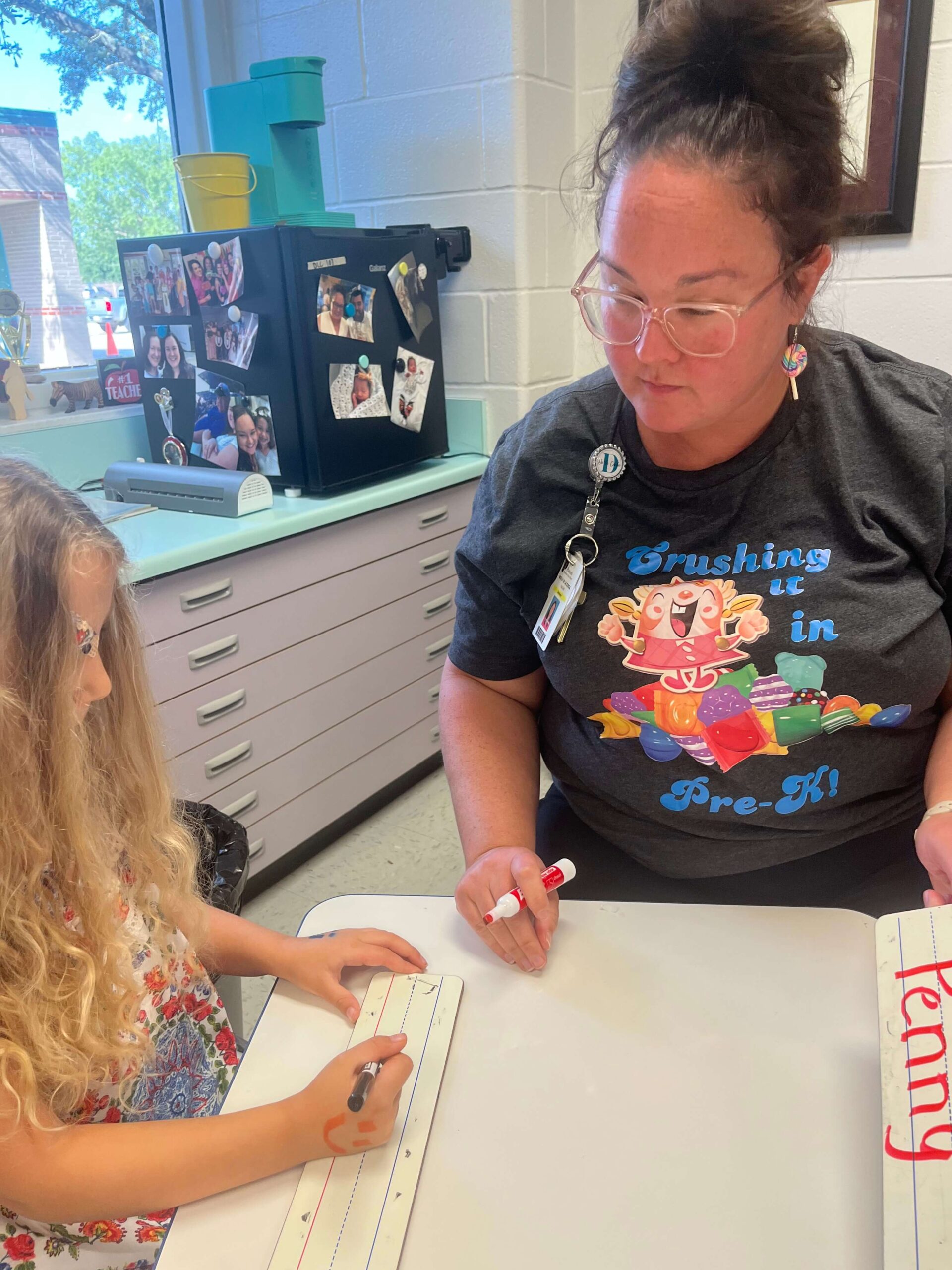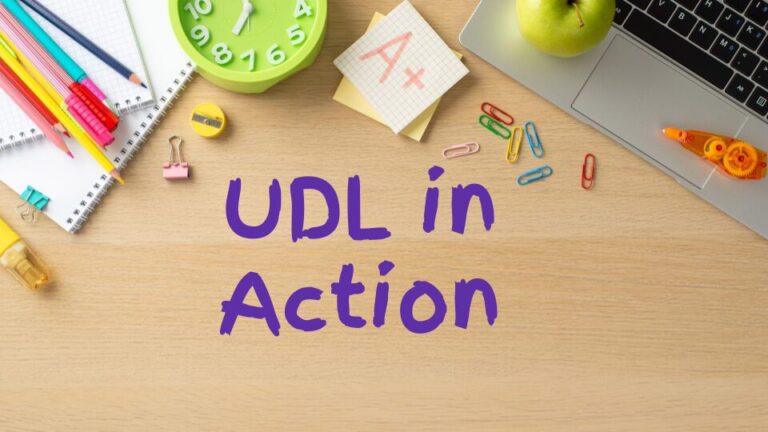From the dawn of visa via overhead to the implementation of 1-1 devices, technology has always had an intentional place in education. Technology enables better communication, efficient collaboration, and improved data management.
The expanding educational technology landscape brings an increasing number of options. This blog aims to help you determine if Seesaw is right for your classroom.
The purpose of this blog is to share 7 specific ways Seesaw provides powerful benefits in classrooms around the world. Learn how Seesaw is helping teachers streamline their workflows, communicate more effectively, engage their students, and so much more.
Seesaw Helps Me Differentiate and Personalize Learning
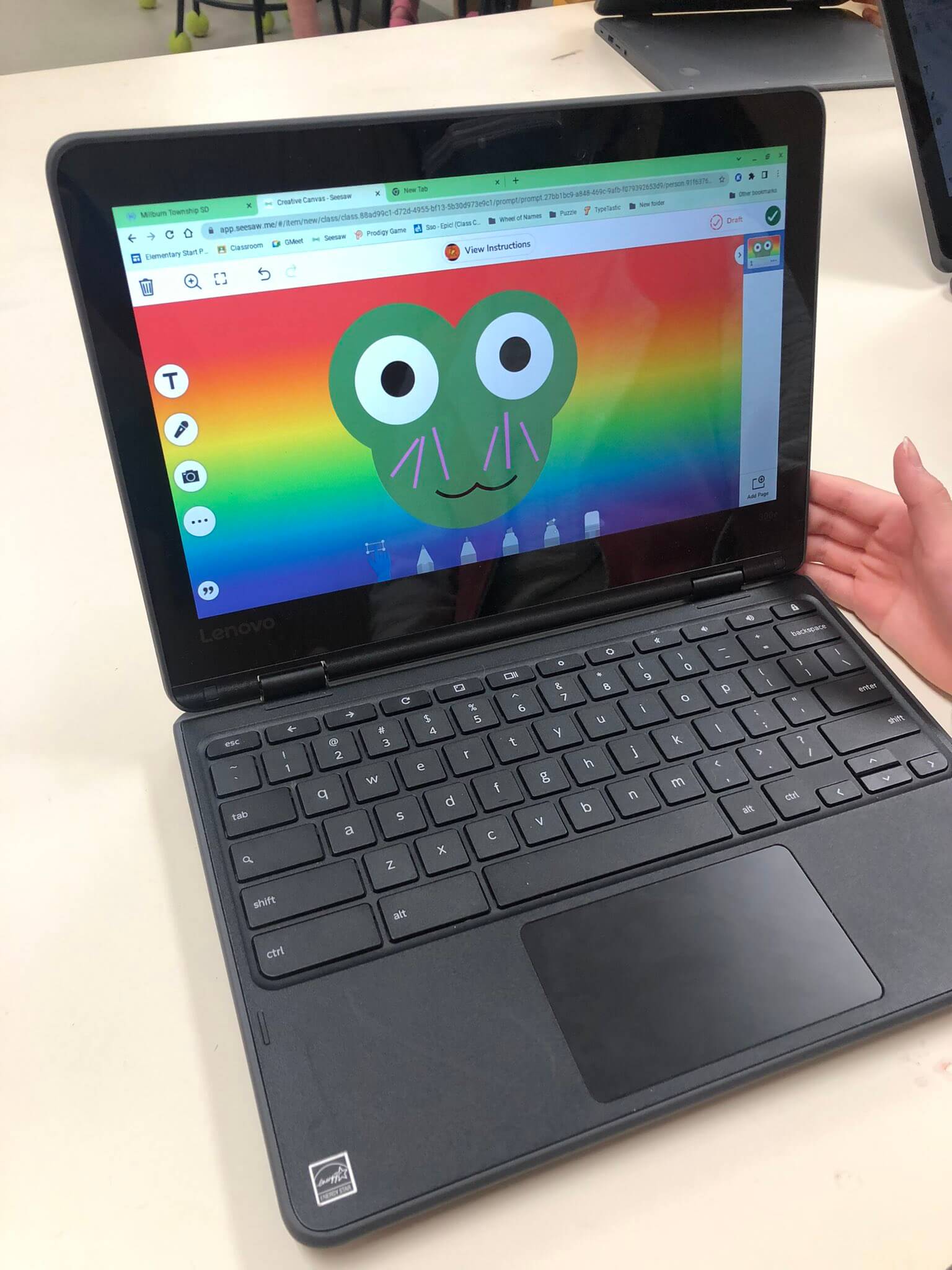
Julie W., a 1st Grade Teacher, echoes this sentiment, stating, “I have such a range of academic levels in my first grade classroom. Seesaw helps me differentiate activities for the various learners so that each level is challenged.” It also facilitates the documentation of learning for students with special needs. Supporting educators in implementing individualized education plans (IEPs) and 504 accommodations for effective education. By breaking down socioeconomic and language barriers, Seesaw offers equitable access to learning.
Seesaw Helps Me Engage Students and Keep Them Motivated to Learn
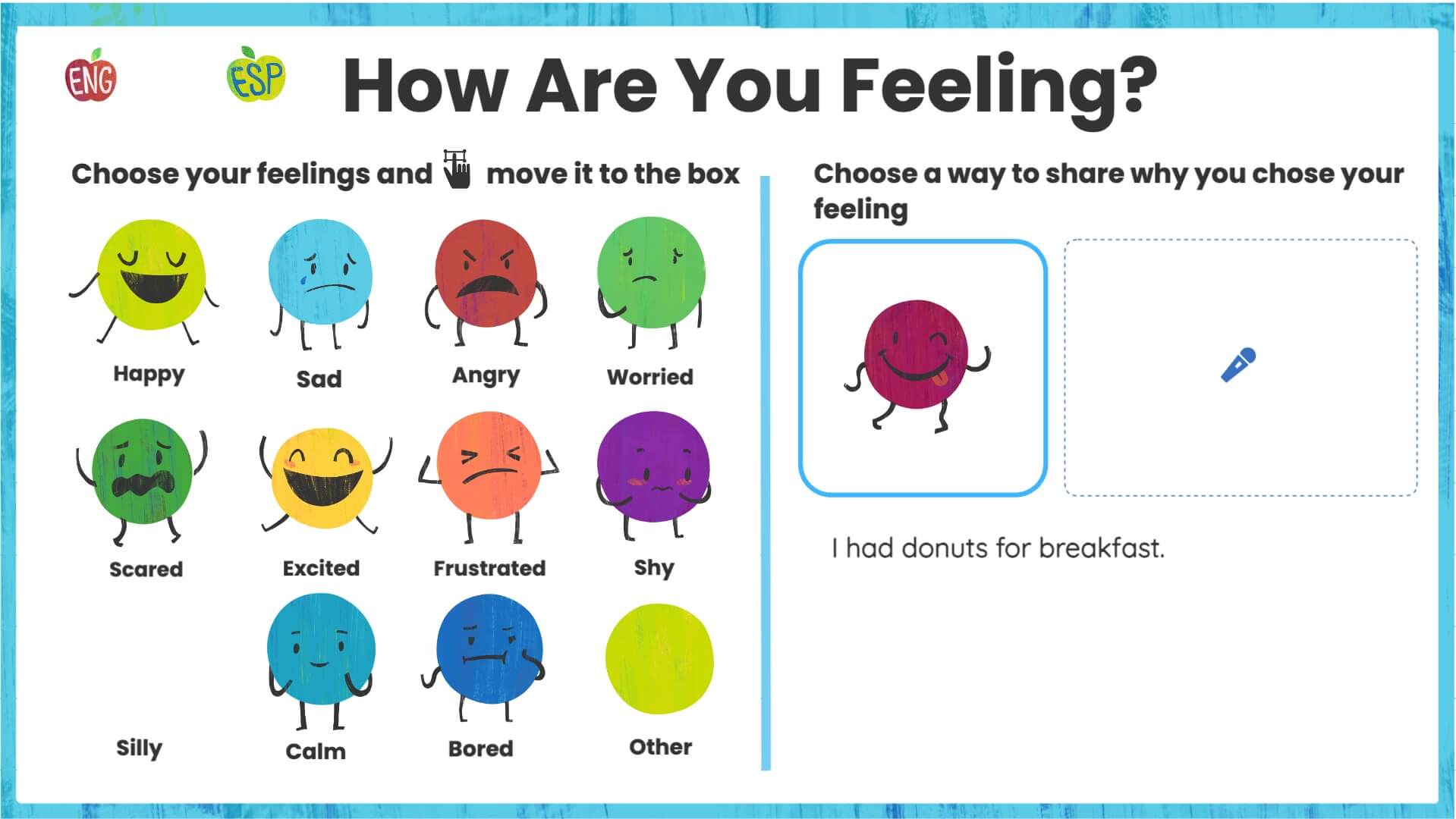
Angela R., a 3rd Grade Teacher, notes, “The kids are always engaged in the learning and love seeing what their classmates are doing.” Ready to teach lessons help capture and foster students’ interests, well-being, challenges, and situations. Lessons such as “Daily Check-ins” help to capture this information in their digital portfolio. Samantha W., a 4th Grade Teacher, adds, “When students are given the opportunity to create with choice, they feel empowered!” This empowerment further enhances student engagement and motivation to learn.
Seesaw Helps Me Assessment and Progress Monitor All Students Quickly and Easily

Educators find power in using Seesaw to assess reading fluency levels. Luz Q., a 2nd Grade Teacher, adds, “When I see my student’s work on their digital portfolio over the course of a school year, it helps me see the growth of each individual student.” Built-in automatic scoring tools, like the formative assessment tool, save teachers time grading. In addition, Seesaw encourages open communication and collaboration with families. By empowering parents to support their child’s learning challenges, a strong learning loop is built around academic growth. Tamra M., a Reading Intervention Teacher, emphasizes, “Seesaw helps me document their growth and needs. Not only can I document what they know- I can get a window into their thinking as well.“
Seesaw Helps Me Engage Families as Active Members in Learning
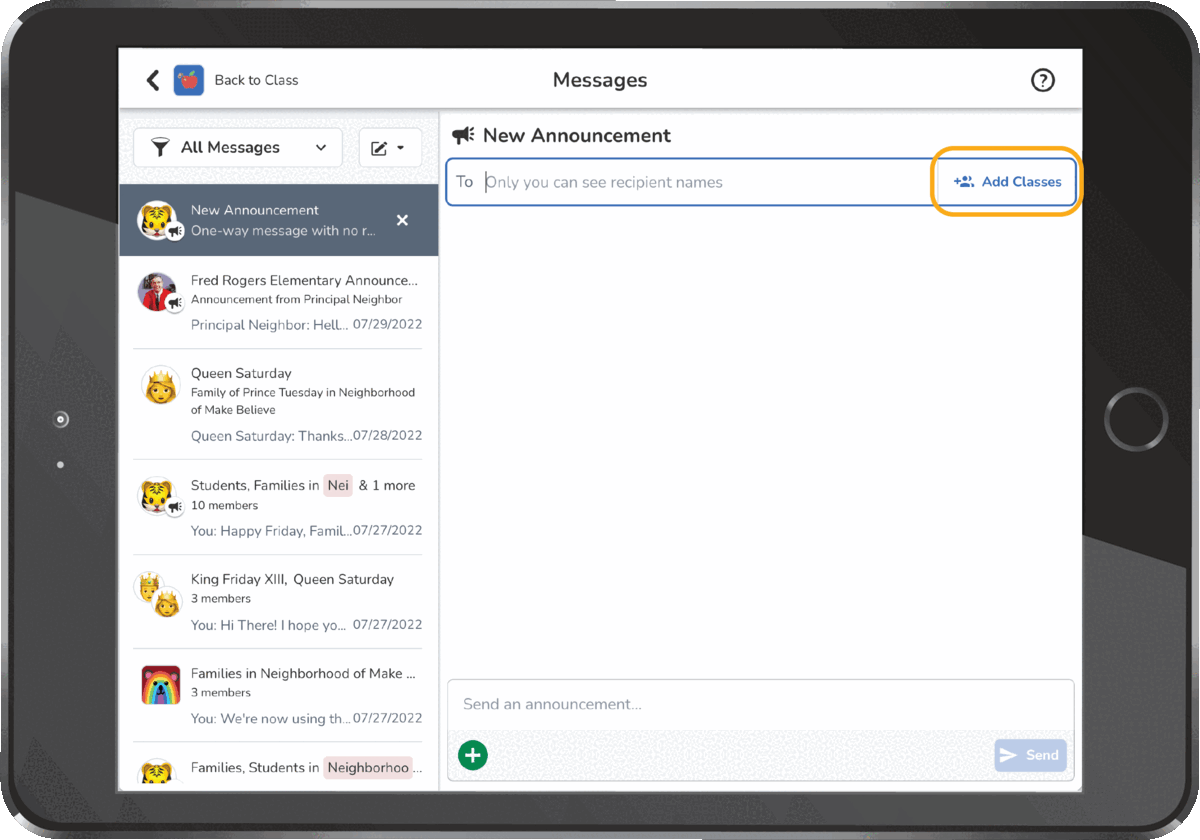
Seesaw helps schools develop strong family relationships and build them as partners in their child’s learning. This is particularly critical for supporting immigrant families, divorced families, families overseas, and non-English speaking family members. As Amber R., a 5th Grade Teacher, puts it, “Seesaw helps me bring the classroom to my families.” Parent-teacher conferences, IEP meetings, and academic support advocacy are made easier thanks to the transparent view Seesaw provides families. Robyn G., a 2nd Grade Teacher, emphasizes this accessibility: “Seesaw is the way I can reach my students and families 24/7.”
Having all stakeholders involved in the learning process ensures that there is a focus on the students’ growth. Terese K., a Kindergarten Teacher, shares a powerful example: “Seesaw helps me share videos of my student’s practice reading in the classroom. A mom was shocked to see her little one reading, she had no idea that she could read like that.” This level of engagement and transparency helps build a strong partnership between educators and families.
Seesaw Helps Me Showcase Progress and Growth by Creating Digital Portfolios
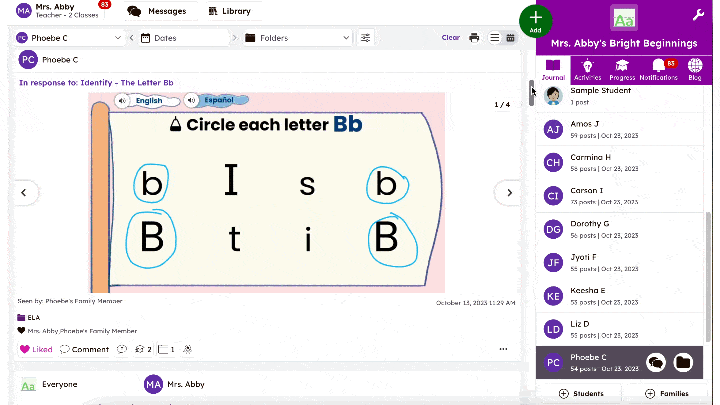
Seesaw is the only digital portfolio designed specifically for elementary students. Our focus is to ensure that even our youngest learners have the ability to showcase their learning. As Crissy C., a PreK Teacher, puts it, “In a digital world, the option to keep a digital learning portfolio for my students is a no-brainer.”
With Seesaw’s digital portfolio, educators can showcase student progress to families and measure academic growth. Deborah G., a K-5 Media Specialist, notes, “The digital portfolio aspect helps me see throughout the year the progress students are making.“. This is particularly valuable for special-area teachers, as Laura F., a K-5 STEM and Computer Science Teacher, explains: “As a special-area teacher of STEM, I teach almost 600 students. Having Seesaw as a kid-friendly platform for grades K-5 to submit their work has been life-changing!“
Seesaw Helps Me By Supporting Students With Special Needs and Student Who Are Multilingual Learners

Seesaw breaks down barriers related to poverty, educational obstacles, and language differences. It empowers educators to customize content with easy by providing learning scaffolding tools. By addressing the diverse needs of all learners, this award-winning platform helps close the equity gap. As Andrea M., a PreK ESL Teacher at a Title 1 school, puts it, “Seesaw closes the gap between school and home,“. Seesaw helps to overcome language barriers and connect with families who might not be comfortable engaging in an educational setting.
Seesaw Helps Me Save Time and Gives Back Instructional Minutes
Educators never have enough minutes in the day. Critical elements like core instruction, interventions and extensions, and planning time make for full days. Add in distractions like meetings and peer collaboration, the teaching day is full. Any time a teacher can regain instructional minutes, no matter how few, can make a huge difference for student achievement. This time can provide a critical intervention for a student in a time of need.
Seesaw is gives time back to teachers. In fact, 92% of educators say that it saves them time and gives back instructional minutes. As Amy W., a 2nd Grade Teacher, shares, “Seesaw is a huge time saver for me!” The platform’s design, tailored with the classroom in mind, provides tools that streamline teacher tasks. Crissy C., a PreK Teacher, highlights this by stating, “Digital portfolios make my job so much easier and set me up for successful parent-teacher conferences and updates.” With features like digital storage and kid-friendly submission processes, teachers like Laura F., a K-5 STEM and Computer Science Teacher, find it “life-changing” for maintaining organization and reducing paper use.
Give Seesaw a Try!
Seesaw makes the learning experience more engaging and personalized for students, and has proven to be an invaluable tool for educators across the globe. Facilitating stronger student engagement, simplifying assessment and progress monitoring, and encouraging family involvement helps teachers to become true experts in their fields. Seesaw stands out in a landscape where educational technology options are abundant by offering comprehensive, user-friendly solutions that meet the diverse needs of classrooms. Seesaw is your ally in the pursuit of effective and innovative teaching in today’s dynamic educational environment.

